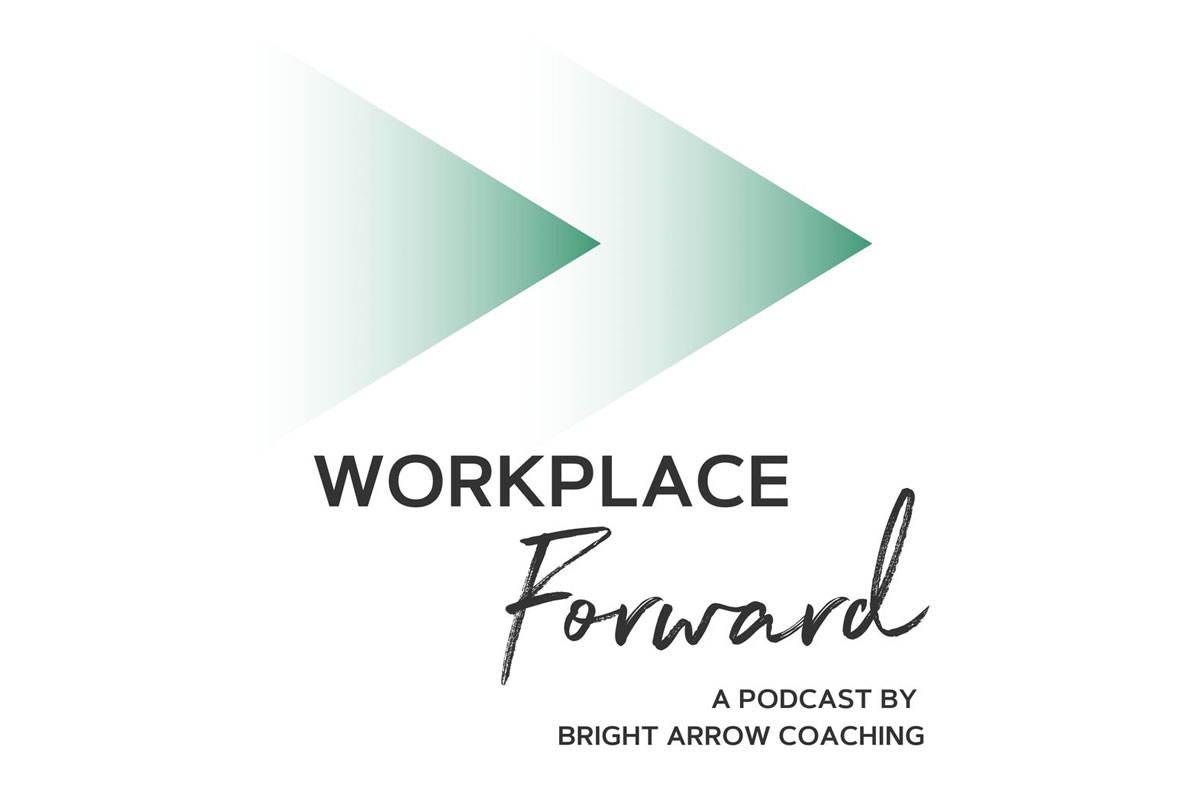I’ve lived a notoriously over-scheduled life. I value being productive. Last year I learned that in order to contribute in more meaningful ways, I need space to learn, create, relax, think, and meditate. In general, the space allowed new opportunities and ideas to flow in because I had the bandwidth (mental, emotional and physical) to receive and explore. I am infatuated with the open pockets of time that are strategically protected on my calendar.
After a year of experimenting with creating more space in my life, I took it a step further. From 6 am to 9 am Monday thru Friday I have protected space. In those windows of time, I can only do four things: meditate, take care of my body, write, or learn.
Sacred morning hours
When I come into my space each morning, the sun isn’t up yet. The city is quiet. The earth is still. My cats meander behind me as I move from room to room. I feel more in touch with my own soul during this time of day because I’ve been asleep the several hours before. Thoughts of my agenda, my to-do list, have not yet been permitted to take center stage. Sacred is the word I use to describe this part of my day.
I can see clearly now
Thanks to the space I’ve created, I can see things I was not able to before. Truly. I was blind to many things because I simply did not have the energy, capacity, or attention span for anything more. I now see with clearer eyes into my business, my relationships, my own heart. Ideas flow more freely (as a practice) at the beginning of each day.
The image that comes to mind is that of a swimmer. When we are swimming, all we can see is the water we are treading and (sometimes) what is below us. But there isn’t footing or capacity to see beyond those things. Being over-scheduled truly felt like a long swim.
Symptoms of being over-scheduled
My husband and I are both entrepreneurs. Initially, we bought into the lie that owning our own businesses meant we would both be overstretched and as a result irritable with each other. We put our individual and collective health after the health of our businesses. Isn’t this the sacrifice entrepreneurs make? The game we have to play to juggle it all? NO. That was a lie.
But the lie felt true until last year when we decided to experiment with taking fewer clients and became committed to creating an amount of space that would allow us each to feel balanced and show up well for our marriage. Because of that space we created, we are now able to identify both our individual symptoms, and the symptoms in our marriage, that result from being over-scheduled. When we notice those symptoms, we allow them to call us back to our commitment, evaluate where we’ve overcommitted, and course correct.
What is most striking to me about the ability to see the symptoms is that previously, these were not ‘symptoms’. This was a way of living from which I sometimes found pockets of relief. Until recently, neither of us had the capacity to see that our state of normalcy didn’t have to be our chosen norm.
By the way, we earned us much revenue as we had the years prior. The myth of the entrepreneurial grind has been busted! I now challenge all entrepreneurs to capitalize on their autonomy and choose to set a different, healthier example for up and coming entrepreneurs!
Space for ‘nothing’ and assigned space
While I now have specific space for creativity and flow every morning, I’ve also developed the powerful practice of creating buckets of space for 1) the most important things in my business and 2) open pace for nothing (in particular).
I protect my lunch hour every day. This isn’t novel to some of you, but after decades of eating my meals in meetings (if I ate a meal at all), this feels outrageous for me. And I like it.
Monday mornings as well as Wednesday and Friday afternoons I do not take clients so that I can focus on other business meetings and working on my business rather than in the business. This also leaves room for the unexpected which I had, previously, done a poor job of planning for! I estimate that we need 10 hours a week to account for ‘the unexpected’ at work alone.
Nothing is scheduled after 6 pm. Intentionally. I used to see the hours of 6-8 pm as my catch-up time for work. Now that only happens occasionally. I return to my personal life and family life after 6. In making myself truly, and consistently available to my marriage, family, and friendships, all have benefitted and flourished. (Again, in ways I could not imagine or even see was possible)
What would the world look like?
I truly wonder what our togetherness would look like and how we would behave with each other if we each tried to create a little more space for what matters most in our lives (including our unique personal needs).
When we don’t have enough space in our lives we are always, subconsciously, hoarding our time and scrapping for air. Our fuse is short because we never stop. We aren’t as kind and gentle as we could be because we aren’t offering the same to ourselves, so we don’t have the capacity to give it to others.
We are most often experiencing the hollow, tired, and subtly angry versions of each other.
What about you?
The quantity of space I’ve created is a luxury, I realize. What I know for sure is that with support from my partner, I will always have some version of this protected space. What would your life look like if you spent 15 hours a week on what nourishes you, helps you tap into your creativity or makes you feel connected to something bigger than yourself? What about 5 hours or even 3 hours a week?
I can’t describe the countless ways my life has blossomed just because I made time to show up for it. I have become a happier, gentler, more creative and insightful version of myself.
Powerful Question: Who would you become if you created more space to expand?









